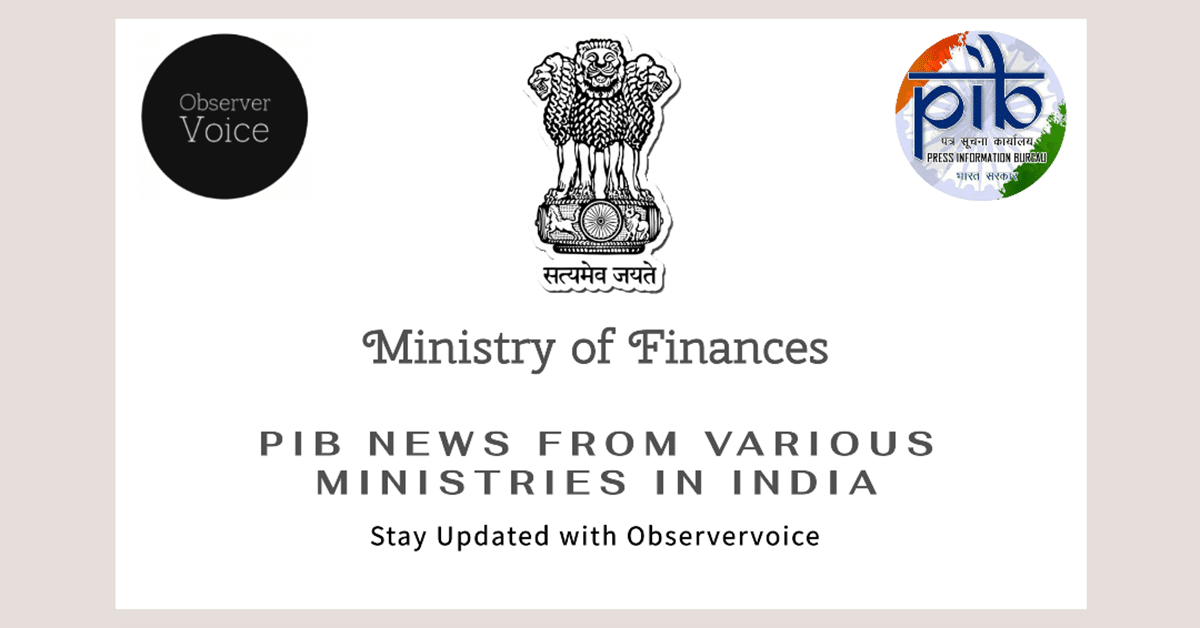Transforming Agricultural Finance in India

Agriculture has always been a cornerstone of the Indian economy. It employs nearly 46.1% of the population and significantly contributes to national income. The sector faces numerous challenges, including financial instability and limited access to credit. To address these issues, the Indian government has prioritized agricultural financing. The Union Budget for 2025-26 introduces several measures aimed at enhancing credit accessibility for farmers. One of the most notable initiatives is the Kisan Credit Card (KCC) scheme, which has proven to be a vital tool for farmers seeking financial support. This article delves into the KCC scheme, its benefits, and its role in transforming agricultural credit in India.
Understanding the Kisan Credit Card Scheme
The Kisan Credit Card (KCC) scheme was launched to provide farmers with easy access to affordable credit. Its primary goal is to ensure that farmers can secure the necessary funds for various agricultural activities. This includes short-term and long-term cultivation needs, post-harvest expenses, and even household consumption requirements. By offering hassle-free credit at lower interest rates, the KCC scheme aims to alleviate the financial burdens faced by farmers.
The scheme has undergone significant enhancements over the years. One of the most impactful changes was the increase in the loan limit under the Modified Interest Subvention Scheme (MISS). The limit rose from ₹3 lakh to ₹5 lakh, reflecting the government’s commitment to empowering farmers. This increase allows farmers to access more substantial financial support, which can be crucial for expanding their agricultural operations.
Additionally, the KCC scheme has been expanded to include allied activities such as animal husbandry, dairying, and fisheries. This expansion ensures that farmers engaged in these sectors also benefit from accessible credit. Banks can now offer collateral-free loans up to ₹1.60 lakh, fostering growth in these vital areas of agriculture. Overall, the KCC scheme plays a crucial role in safeguarding farmers’ financial needs and promoting agricultural productivity.
How KCC Helps Farmers
The Kisan Credit Card scheme is designed to meet the diverse financial needs of farmers. It provides timely and adequate credit, ensuring that farmers can maintain their agricultural activities without financial stress. The scheme supports various aspects of farming, including cultivation, post-harvest activities, and household expenses.
One of the significant advantages of the KCC scheme is its provision for cultivation and post-harvest activities. Farmers can access funds to cover costs associated with planting, harvesting, and processing their crops. This financial support is essential for maintaining productivity and ensuring that farmers can compete in the market.
Moreover, the KCC scheme offers marketing loans, which help farmers bridge financial gaps until they can sell their produce. This feature is particularly beneficial during periods of low cash flow, allowing farmers to manage their finances more effectively. Additionally, the scheme provides support for household consumption needs, reducing dependency on informal lending sources that often charge exorbitant interest rates.
The KCC scheme also assists farmers in maintaining essential farm assets. It provides working capital for the upkeep of farming equipment and infrastructure. Furthermore, the scheme encourages investment in allied activities, such as animal husbandry and fisheries, thereby expanding financial access to these sectors. Overall, the KCC scheme significantly enhances the financial stability of farmers and promotes agricultural growth.
Understanding Short-Term Loans and Transparency
The Modified Interest Subvention Scheme (MISS) offers concessional short-term agricultural loans to farmers for crop and allied activities. Under this scheme, farmers can avail loans up to ₹3 lakh at a 7% interest rate. If they repay on time, they receive an additional 3% subvention, effectively reducing the interest rate to just 4%. This structure makes it easier for farmers to manage their debts and encourages timely repayments.
The MISS also includes provisions for post-harvest loans against Negotiable Warehouse Receipts (NWRs) for small farmers with KCCs. This feature allows farmers to secure loans based on the value of their stored produce, providing them with immediate financial relief during lean periods.
To enhance transparency and efficiency in the KCC scheme, the Kisan Rin Portal (KRP) was launched in September 2023. This digital platform addresses challenges related to the manual submission of claims for Interest Subvention (IS) and Prompt Repayment Incentive (PRI) by banks. By digitizing this process, the KRP ensures quicker and more seamless transactions, benefiting both farmers and lending institutions. As of December 31, 2024, the KRP had processed claims worth ₹108,336.78 crore, demonstrating its effectiveness in improving access to credit for agricultural needs.
Observer Voice is the one stop site for National, International news, Sports, Editor’s Choice, Art/culture contents, Quotes and much more. We also cover historical contents. Historical contents includes World History, Indian History, and what happened today. The website also covers Entertainment across the India and World.
Follow Us on Twitter, Instagram, Facebook, & LinkedIn

